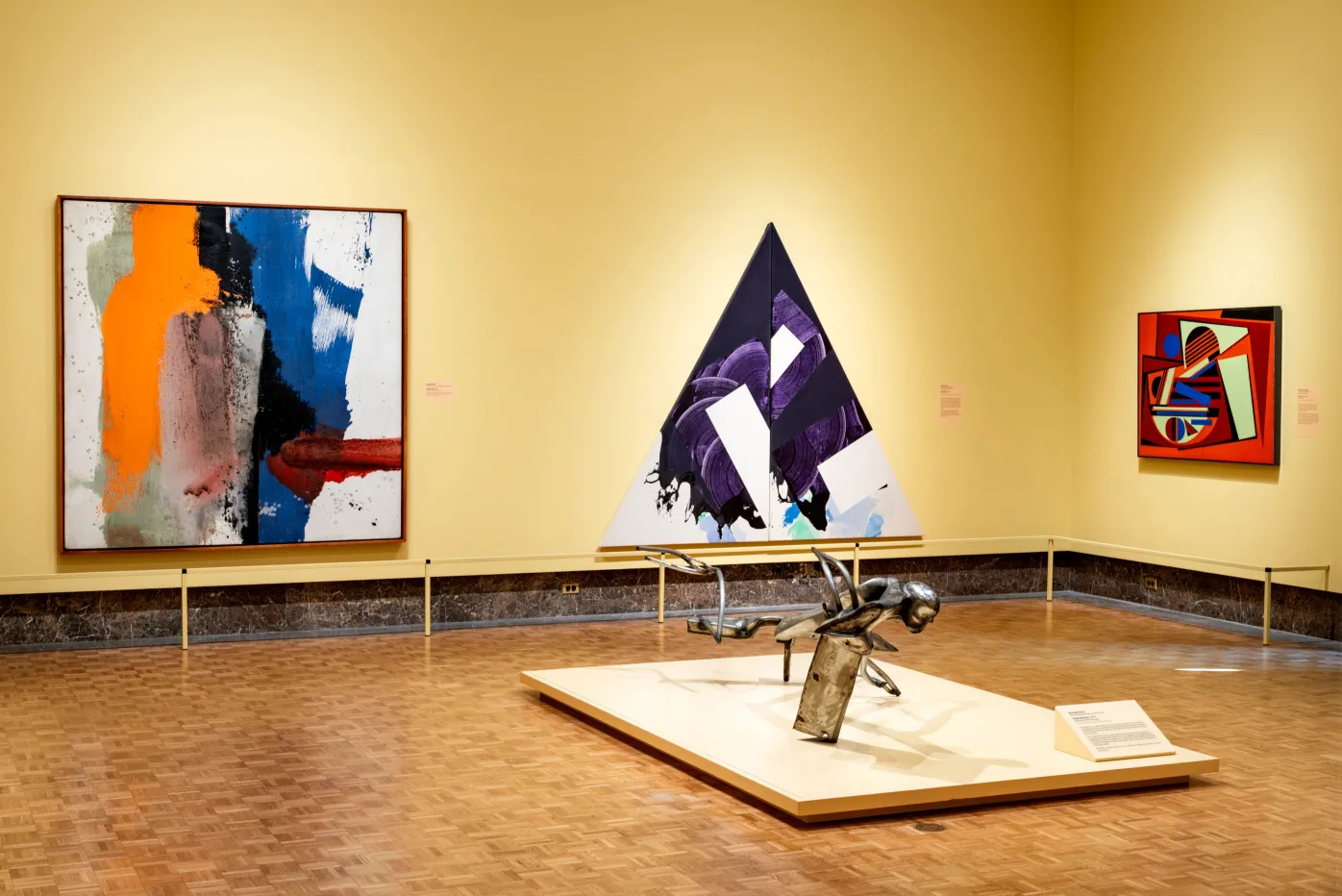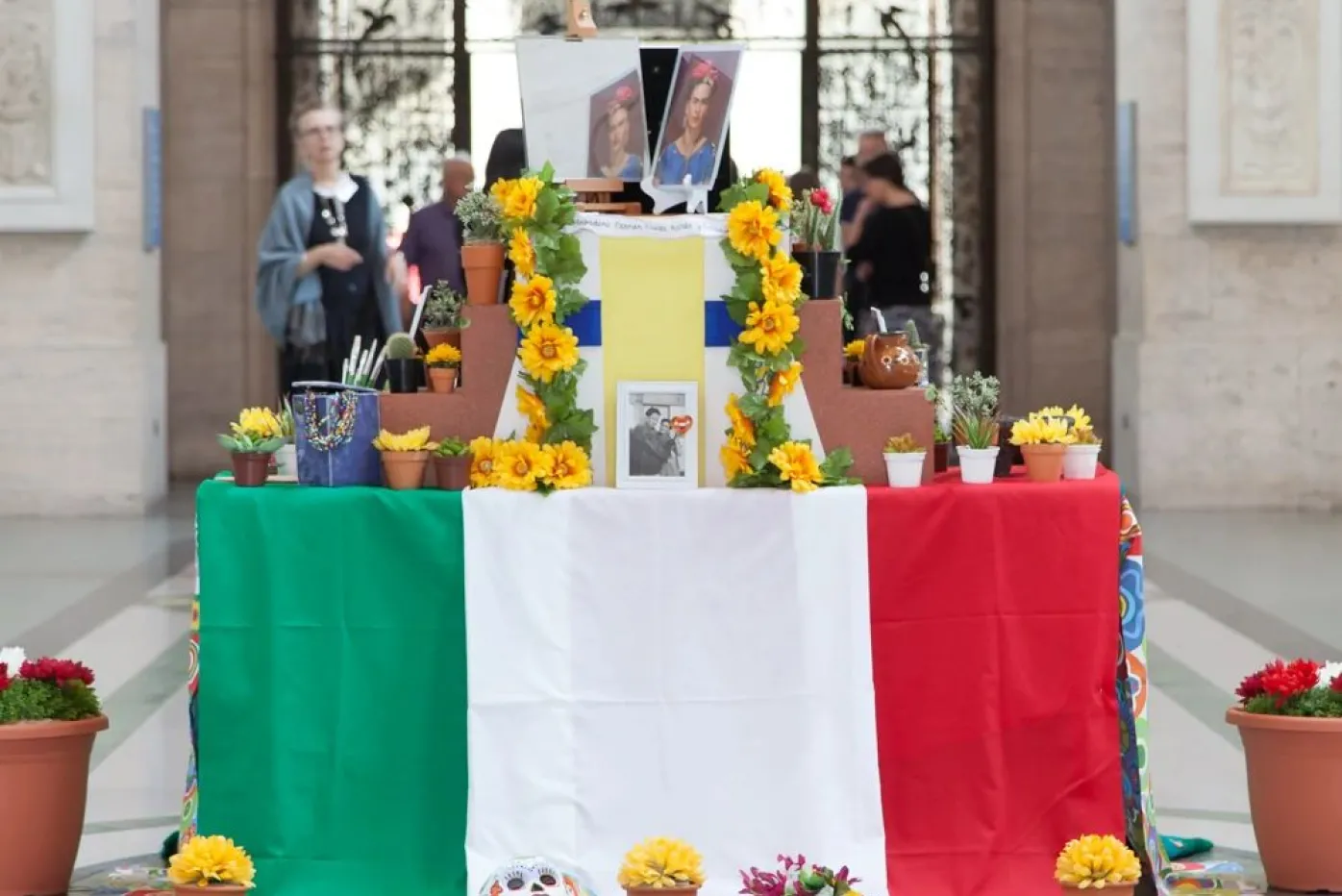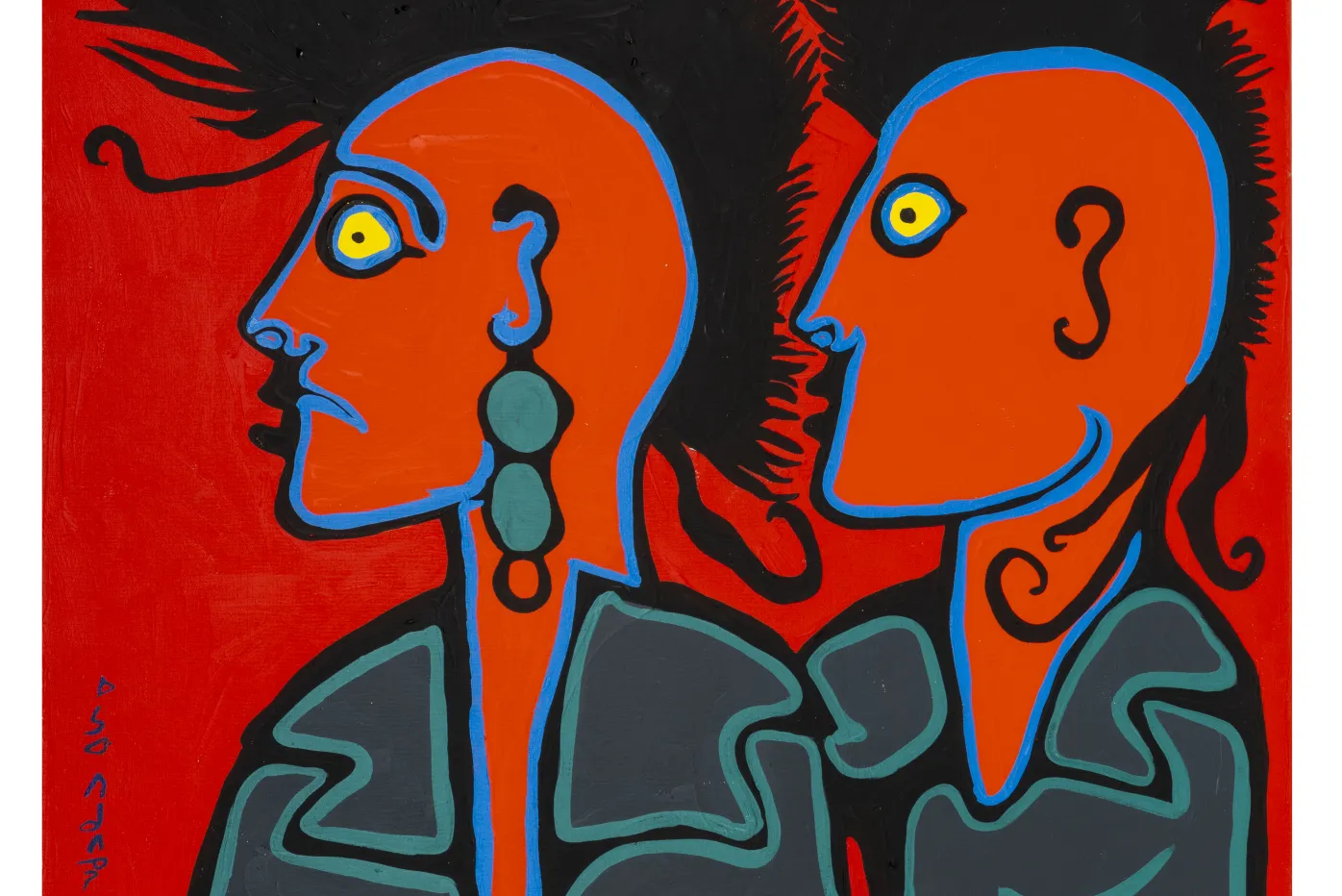From the Director, February 2019
Updated Jul 20, 2022
Learning about history from art
A couple of weeks ago I had the opportunity and honor to speak at the Livonia Town Hall Lecture Series. Over 400 members of our communities, many of them seniors from Wayne, Oakland and Macomb counties, welcomed me warmly – one even placed a flower on my lapel before I stepped onto the podium. As I normally do, I started by explaining the reasons I came to Detroit and the many things I have learned during the 11 years I have lived with my family in Michigan. I always touch upon the deep impression that I had when I discovered our collection of African American Art. This was uncharted territory for me, and the DIA offers one of the most unique opportunities in the world to study this chapter of our history of art in depth. Since then I have been following, as much as I can, this area and have tried to bring to the museum important works to enrich our visitor experience. Many of you will remember that we had one of the most sought-after artists in the world, Mark Bradford, give an engaging talk to our audiences a year or so ago.
This year we are showing a masterpiece by Kerry James Marshall, Souvenir II, which the Addison Gallery of Art in Andover, Mass. has loaned to us until the end of August. This work comes to the museum in the framework of the “guest of honor” series, in which we present a unique piece in the context of our extraordinary collection. We have done it in the past with Vermeer, Monet and Van Gogh, creating a way to activate our galleries with fresh images, world-class talent and relevant messages. Kerry James Marshall is an artist in that is currently in vogue. His works fetch very high prices at auctions and he was featured in a monumental monographic exhibition at the Met Breuer in New York a couple of years ago.
I had the opportunity to meet him at the opening of the New York show and asked him to come to Detroit and do a work for the DIA. He was open to the invitation, and I hope we can host him at the DIA this year or in the near future. In the meantime, we can enjoy Souvenir II in the galleries, which belongs to a series of domestic interiors the artist painted during 1997-98. The work displays the living room of his great aunt’s sister and her husband, Bertha Mae and Clifford Clark. At the center of the canvas we see the portraits of President John F. Kennedy, Dr. Martin Luther King Jr. and Senator Robert F. Kennedy. These portraits were often found in the homes of African American workers in the late 1960s and early 1970s and function for some as the trinity of the Civil Rights Movement. Surely inspired by a Christian scene, on top of the trinity there are a number of angelical figures, winged heads, portraits of other known leaders of the civil rights and the black liberation struggle.
painted during 1997-98. The work displays the living room of his great aunt’s sister and her husband, Bertha Mae and Clifford Clark. At the center of the canvas we see the portraits of President John F. Kennedy, Dr. Martin Luther King Jr. and Senator Robert F. Kennedy. These portraits were often found in the homes of African American workers in the late 1960s and early 1970s and function for some as the trinity of the Civil Rights Movement. Surely inspired by a Christian scene, on top of the trinity there are a number of angelical figures, winged heads, portraits of other known leaders of the civil rights and the black liberation struggle.
In fact, in terms of iconography the painting is an open book to study the history of civil rights in America. It is painted with a very accessible figurative language, inspired by the aesthetics of illustration. This is certainly a great educational opportunity for the more than 74,000 students who come to the DIA each year to be inspired by a work of art and help us make a better world for all.

DIA Director, Salvador Salort-Pons in Rivera Court
Learning about history from art
A couple of weeks ago I had the opportunity and honor to speak at the Livonia Town Hall Lecture Series. Over 400 members of our communities, many of them seniors from Wayne, Oakland and Macomb counties, welcomed me warmly – one even placed a flower on my lapel before I stepped onto the podium. As I normally do, I started by explaining the reasons I came to Detroit and the many things I have learned during the 11 years I have lived with my family in Michigan. I always touch upon the deep impression that I had when I discovered our collection of African American Art. This was uncharted territory for me, and the DIA offers one of the most unique opportunities in the world to study this chapter of our history of art in depth. Since then I have been following, as much as I can, this area and have tried to bring to the museum important works to enrich our visitor experience. Many of you will remember that we had one of the most sought-after artists in the world, Mark Bradford, give an engaging talk to our audiences a year or so ago.
This year we are showing a masterpiece by Kerry James Marshall, Souvenir II, which the Addison Gallery of Art in Andover, Mass. has loaned to us until the end of August. This work comes to the museum in the framework of the “guest of honor” series, in which we present a unique piece in the context of our extraordinary collection. We have done it in the past with Vermeer, Monet and Van Gogh, creating a way to activate our galleries with fresh images, world-class talent and relevant messages. Kerry James Marshall is an artist in that is currently in vogue. His works fetch very high prices at auctions and he was featured in a monumental monographic exhibition at the Met Breuer in New York a couple of years ago.
I had the opportunity to meet him at the opening of the New York show and asked him to come to Detroit and do a work for the DIA. He was open to the invitation, and I hope we can host him at the DIA this year or in the near future. In the meantime, we can enjoy Souvenir II in the galleries, which belongs to a series of domestic interiors the artist painted during 1997-98. The work displays the living room of his great aunt’s sister and her husband, Bertha Mae and Clifford Clark. At the center of the canvas we see the portraits of President John F. Kennedy, Dr. Martin Luther King Jr. and Senator Robert F. Kennedy. These portraits were often found in the homes of African American workers in the late 1960s and early 1970s and function for some as the trinity of the Civil Rights Movement. Surely inspired by a Christian scene, on top of the trinity there are a number of angelical figures, winged heads, portraits of other known leaders of the civil rights and the black liberation struggle.
painted during 1997-98. The work displays the living room of his great aunt’s sister and her husband, Bertha Mae and Clifford Clark. At the center of the canvas we see the portraits of President John F. Kennedy, Dr. Martin Luther King Jr. and Senator Robert F. Kennedy. These portraits were often found in the homes of African American workers in the late 1960s and early 1970s and function for some as the trinity of the Civil Rights Movement. Surely inspired by a Christian scene, on top of the trinity there are a number of angelical figures, winged heads, portraits of other known leaders of the civil rights and the black liberation struggle.
In fact, in terms of iconography the painting is an open book to study the history of civil rights in America. It is painted with a very accessible figurative language, inspired by the aesthetics of illustration. This is certainly a great educational opportunity for the more than 74,000 students who come to the DIA each year to be inspired by a work of art and help us make a better world for all.


